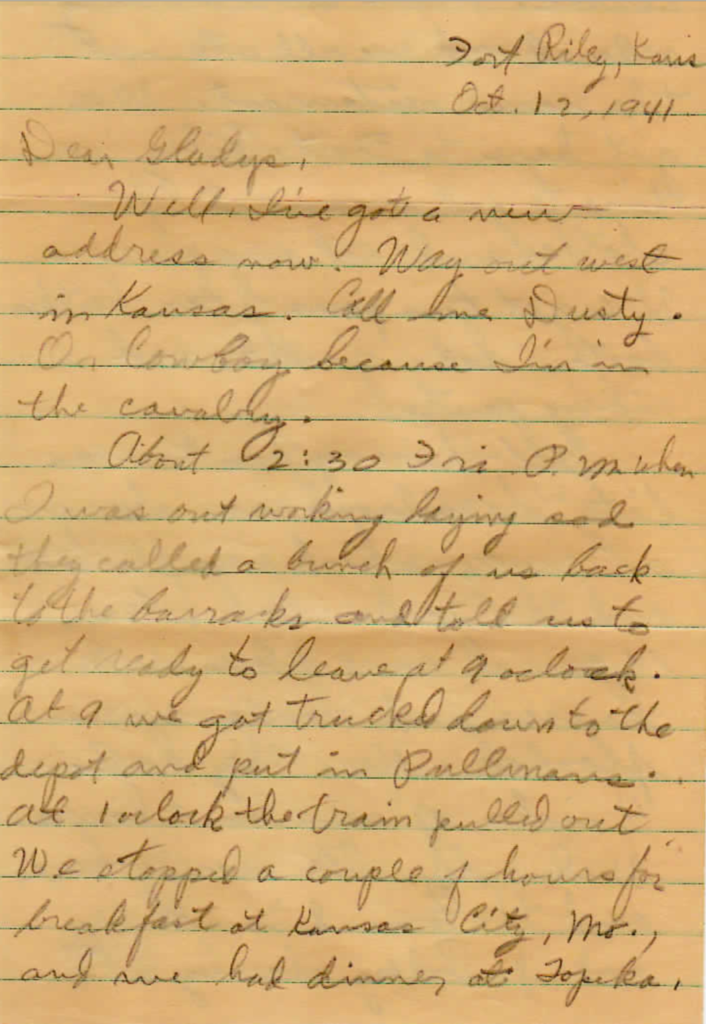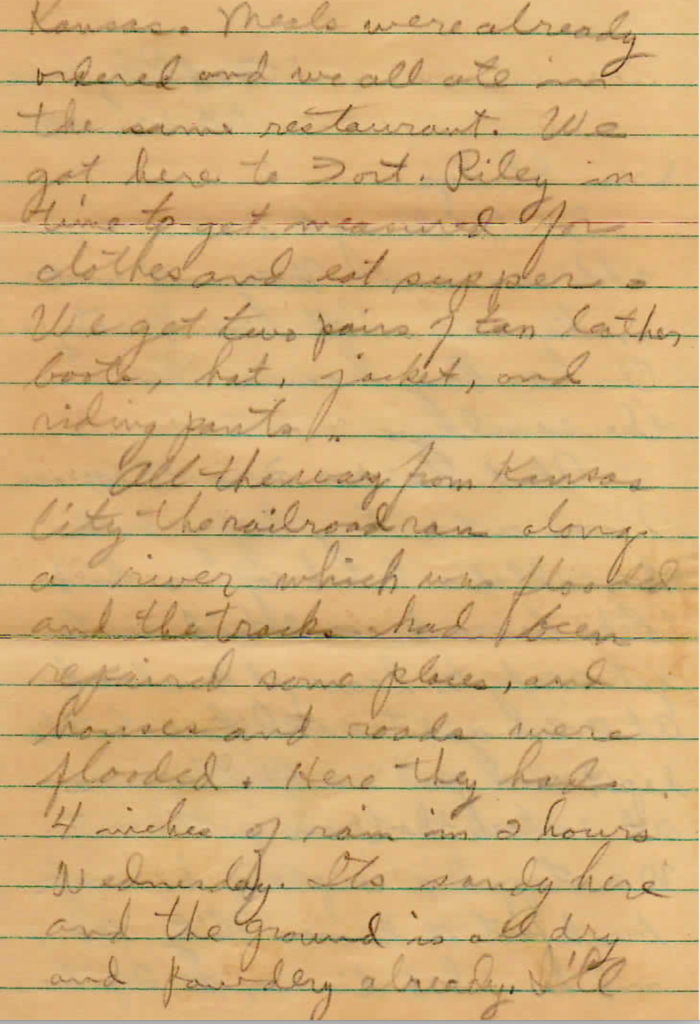Those of us with programming experience are familiar with the concept of data types. When declaring a variable it might be necessary to declare the type of data that variable could hold, e.g., integer, string, floating point number, which in part determined how that variable could be used. This notion that data can take different forms allowing different types of manipulation might be useful to the notion of “methods for learning with data”. To me, this way of differentiating types of data suited to different purposes might be compared to the distinction some researchers make between quantitative and qualitative research. Some data questions cannot be addressed by the collection and analysis of data that can be expressed as a numerical value and exposure to the methods and analytical techniques associated with other data types offers insights into how certain types of questions can be addressed.
A good example of a nonquantitative approach can be found in the work of historians. What is it historians must do to collect and analyze data to offer descriptions of historical events and trends? What can historians do to be precise and accurate in their summarizations? How can historians offer a description of the process they have applied so that other historians can “check their work”? The techniques historians learn to accomplish these goals are often described as the historian’s craft. This collection of values and techniques has meaning for historians in much the same way that I as an experimental psychologist might point to courses in statistics and research methods as the basis for teaching and learning how questions are answered in my field.
There are ways in which students can have opportunities to explore components of the historian’s craft and be exposed to analytical methods of this type. For example, photographs represent a type of data historians might use to gain insight into historical events. Certainly, we all have viewed family photographs that offered a perspective on what life was like at a different point in time. How could many images be used to put together the “big picture” associated with some issue? Here are some useful resources offering suggestions for the use of photographs in this way.
Comments on the value of other primary and secondary historical sources
You never know when you could be in a position to apply the historian’s craft or engage your students in such methods of learning with data. We all have historical sources in our attics and other family storage sites. My brother recently began creating digital records of letters my father had sent home to his sister when heading off to fight in World War II. You wouldn’t know it from the sample I provide here, but he ended up in South Pacific as a radar operator. Making sense of letters and diaries


![]()